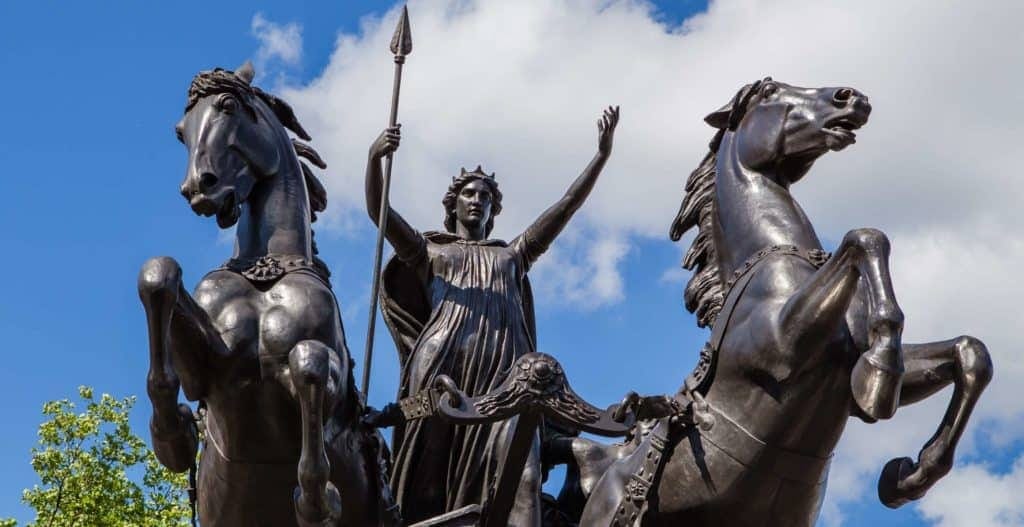By Justin Foster
Our core belief at Massive is …
Consciousness changes the dynamics of power.
What does this mean?
First some back story and context …
For most of the last 1000+ years, institutions and industries have been governed by what I call Power Traditions:
Linear thinking
Information guarded and meted out
Hierarchal and/or titular decision-making
Reliance on tenure and technical expertise
Lineage-based succession
Extroverted leader as the ideal archetype
In consciousness terms, these traits are also the traits of the ego. While the ego has many positive traits related to competition, resourcefulness, and inventiveness, its darker elements can cause tremendous damage to the lives of stakeholders. When left unchecked, the ego becomes authoritarian and fear-based power becomes the norm, which includes:
Impulse to control - a spastic need to control decision-making, narratives, optics
Impulse to suppress dissent - using gaslighting tactics to coerce compliance
Ethical relativism - the ends justify the means, especially related to shareholder value
Data fixation - an over-reliance on data; especially data that supports biases
Guru worship - anointing the latest thought leader as a savior of the organization
Although there has been a significant shift in recent years, Power Tradition in the US usually means white, male, educated, and entrenched.
The above concepts would have been completely foreign to ancient and/or indigenous cultures. These cultures operated by what is commonly referred to as Wisdom Traditions. There are many Wisdom Traditions, but common ones include:
Harmony between feminine and masculine energy
Respect for the inherent dignity of people and nature
Awareness of the collective consciousness
Leadership roles determined by level of spiritual intelligence
Embracing art, curiosity, and creativity
Purpose-based strategy and planning
It is time for organizations to embrace Wisdom Traditions.
Why? A quote from my partner in all things …
“A linear mind thinks that with enough information, planning, and clear instructions everything is predictable and controllable like a machine. But humans are not machines.”
- Virginia Lacayo, Ph.D.
Wisdom Traditions are essential because we are leaving the Industrial Age and entering the Human Age. In the Industrial Age, humans were treated like machines. They were seen as cogs or parts in the infrastructure.
Look at the data …
Studies show, especially with the Great Resignation, that most people value the work culture and appreciation over material and economic stimuli. In essence, people leave their jobs because of shitty leadership; because they didn’t feel valued, seen, or safe.
In the marketplace, research shows that consumers care more than ever about buying from brands that share their values. Of course, Power Traditions condemn this with “Go woke, go broke” tropes but it turns out the exact opposite is true.
Organizations that embrace Wisdom Traditions have a built-in competitive advantage for both revenue generation and recruiting and retaining talent. Further, by embracing Wisdom Traditions, leaders become high-conscious role models with traits that can be adopted by everyone in the organization:
Heart-centered leadership
Running the organization by best principles, not just best practices
Destigmatization of failure
Distributed decision-making
A focus on reputation, not image.
In turn, their businesses experience an ever-growing garden of innovation with natural and organic differentiators. They increase the velocity and quality of decision-making. They create self-governing, autonomous cultures. For these organizations, diversity, inclusion, and equity are not initiatives. They are standards.
When it comes to taking on social change, the Wisdom Traditions best position leaders to lead systemic change. By seeing a cause as a living, evolving ecosystem, leaders can affect real and sustained progress.
So indeed, consciousness does change the dynamics of power. It moves power from an ego-based resource to a wisdom-based resource; from status to stewardship.





Beautifully put! So aligned.